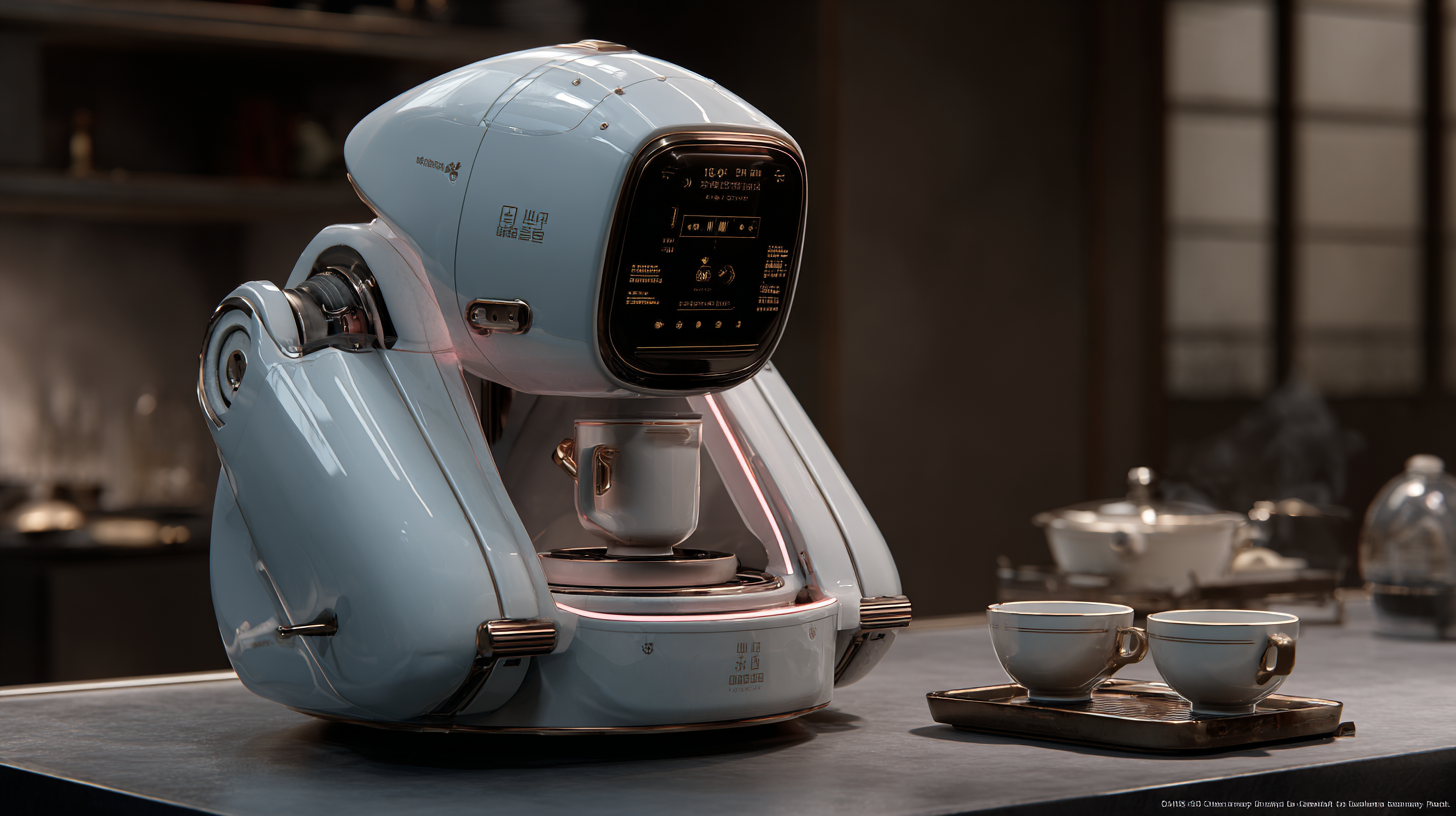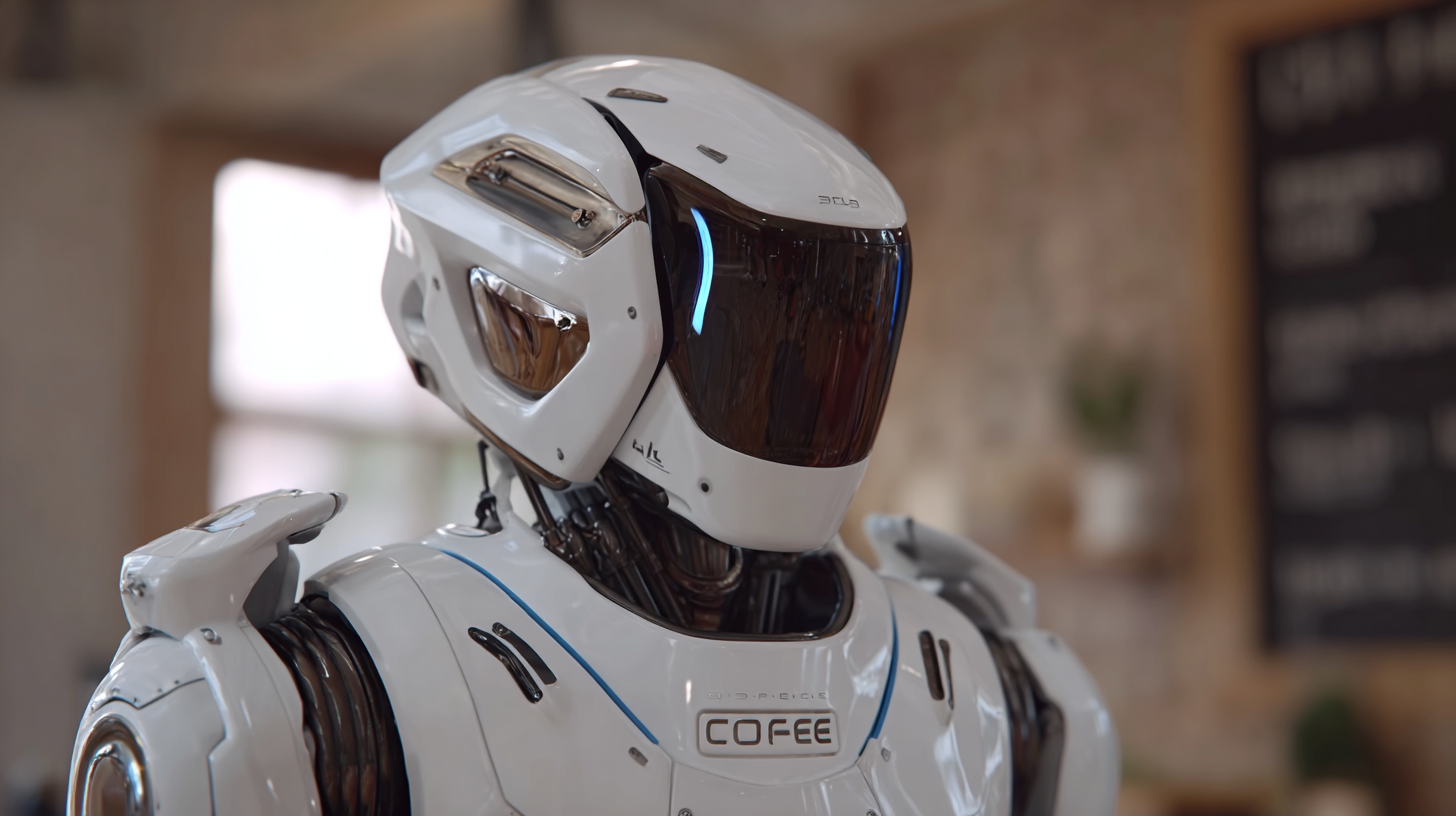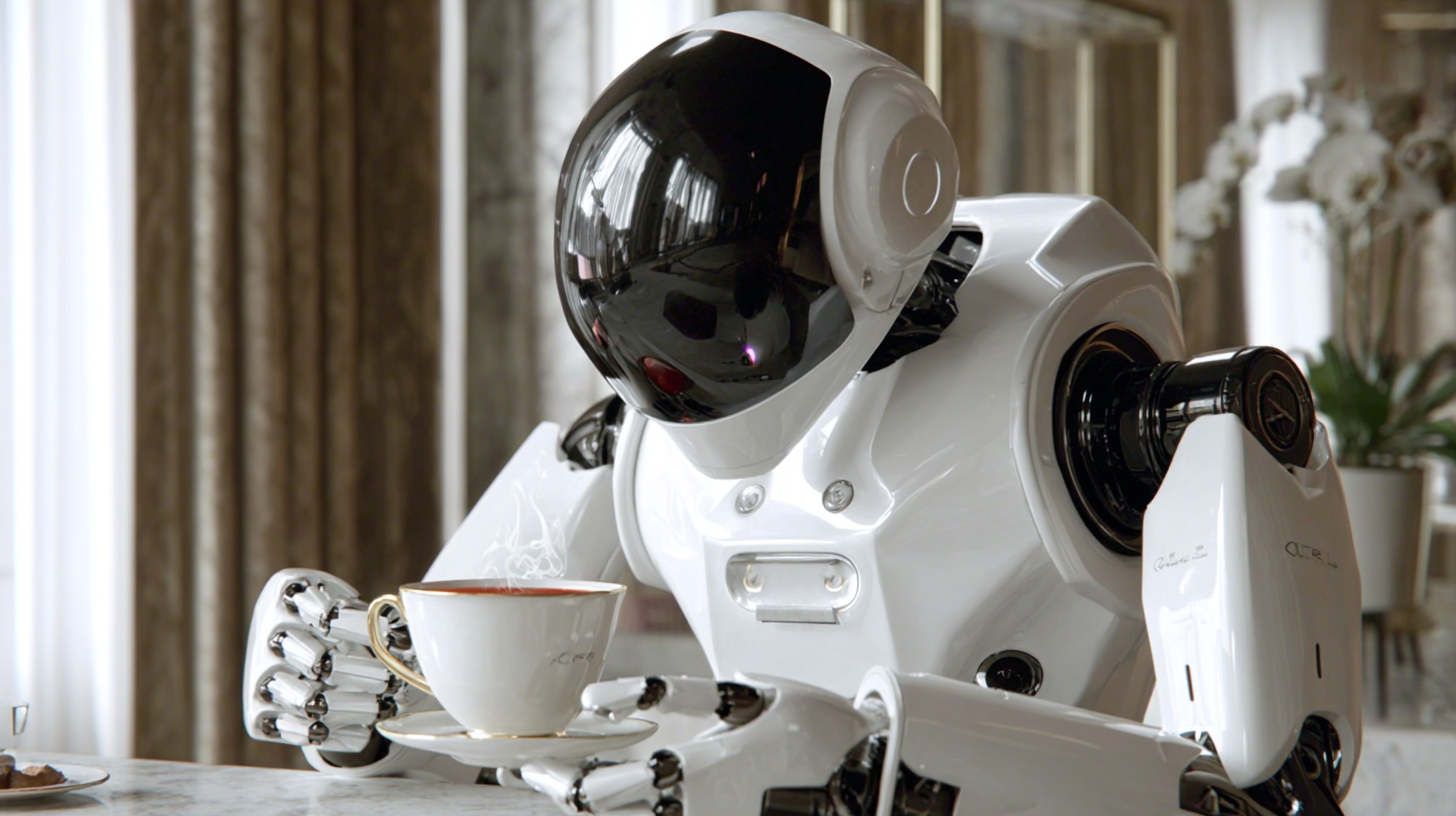As the coffee industry continues to embrace technological innovation, the emergence of the Coffee Serving Robot is poised to revolutionize market dynamics by 2025. According to a recent report by Market Research Future, the global coffee market is expected to reach $100 billion by 2025, with automation playing a crucial role in enhancing business efficiency and customer experience. The introduction of Coffee Serving Robots not only addresses labor shortages but also caters to the growing demand for customized coffee experiences, as indicated by Technavio's research, which forecasts a robust growth rate in the specialty coffee sector. Furthermore, as the trend of smart cafés gains traction, incorporating robotics will likely become essential for brands aiming to stay competitive. This blog will delve into the intricacies of coffee serving robots, exploring industry certifications for imports and exports while providing a tutorial on how businesses can effectively integrate this technology into their operations.

The rise of coffee serving robots is set to revolutionize not only how we enjoy our favorite brews but also the entire coffee market. As technology continues to advance, these robots are becoming increasingly sophisticated, capable of crafting personalized coffee drinks with precision and efficiency. By utilizing artificial intelligence and machine learning, coffee serving robots can analyze customer preferences, providing a unique and tailored experience for every individual. This shift towards automation is not just about convenience; it's also about enhancing the customer journey through innovative interactions.
Moreover, the implementation of coffee robots in cafes and restaurants is expected to streamline operations considerably. With the ability to take orders, prepare beverages, and even deliver them to tables, these robots improve service speed and reduce human error. This not only elevates the coffee experience but also addresses labor shortages in the hospitality industry. As consumer expectations evolve, establishments that integrate coffee serving robots will likely gain a competitive edge, attracting tech-savvy patrons eager to experience this blend of tradition and innovation. The future of coffee is indeed brewing, and it's being shaped by technology.
The coffee service market is on the cusp of a technological revolution, with advancements in robotics set to redefine consumer experiences by 2025. Key technologies driving the best coffee serving robots include artificial intelligence (AI), machine learning, and robotics that integrate seamlessly into cafes and homes. According to a report by MarketsandMarkets, the global coffee machine market is projected to reach $9.85 billion by 2025, with a significant portion attributed to automated coffee systems. This trend highlights the increasing demand for efficiency and personalization in coffee preparation.
Moreover, advancements in AI and machine learning will enable coffee robots to learn from customer preferences and refine their brewing techniques. A study by Grand View Research emphasizes that the coffee robot segment alone could see a compound annual growth rate (CAGR) of 21% from 2023 to 2030. These technical innovations not only streamline the coffee-serving process but also enhance customer satisfaction by offering tailored beverage options. As these technologies evolve, the potential for increased engagement and loyalty within the coffee market becomes exceptionally promising.
The global coffee machine market is projected to reach a remarkable value of XX billion dollars by 2025, showing a significant growth trajectory with an anticipated compound annual growth rate (CAGR) of XX% leading up to 2033. As the demand for automation in coffee preparation increases, the influence of Chinese manufacturing cannot be overlooked. The advancements in technology and reduction in production costs have positioned China as a key player in the coffee automation sector, driving innovation and efficiency in machine production.
At the WIM2023 Innovation Conference held in Beijing, industry leaders gathered to discuss the transformative impact of technology on businesses. The successful recognition of top brands underlines the growing trend of coffee automation, which aligns with global consumer preferences for convenient and high-quality coffee experiences. As manufacturers adapt to these shifts, the integration of cutting-edge robotics in coffee services is set to revolutionize the market, offering new solutions that cater to both individual consumers and commercial entities. This evolution not only reflects changing lifestyles but also hints at the upcoming trends in the coffee industry, emphasizing the importance of agility and resilience in navigating future challenges.

As we move toward 2025, consumer demands in the coffee market are evolving rapidly. More than just a caffeine fix, modern coffee drinkers are seeking personalized experiences that reflect their unique tastes and preferences. Enter coffee serving robots, poised to revolutionize how we enjoy our daily brews. These advanced machines will not only serve coffee but also learn from individual customer interactions to create tailored beverages that cater to specific flavor profiles.
To fully embrace this trend, businesses should focus on integrating AI technology into their coffee-serving robots. This will allow for real-time adjustments based on customer feedback, ensuring each cup is crafted to perfection. Additionally, companies can enhance customer engagement by offering loyalty programs that reward customers for trying new coffee blends or customizing their orders.
Tips for implementing this approach include regularly updating the robot’s algorithms to reflect seasonal flavor trends and customer feedback. Ensuring that the robots can communicate effectively with customers will also enhance the personalization aspect. By fostering a dynamic interaction between consumers and technology, the coffee experience can become more immersive and satisfying.
| Year | Market Size (Million USD) | Growth Rate (%) | Consumer Preference (%) | Personalization Level (%) |
|---|---|---|---|---|
| 2023 | 150 | 8 | 45 | 30 |
| 2024 | 200 | 10 | 55 | 35 |
| 2025 | 300 | 15 | 65 | 50 |
The rise of coffee-serving robots presents both challenges and opportunities for the market, especially as we approach 2025. Recent advancements in AI and robotics have enabled machines to interact skillfully with both objects and people in unpredictable environments. For instance, the emergence of embodied large language models allows these robots to perform complex tasks, marking a significant shift in machine intelligence. This progress could address the current staffing challenges faced by coffee shops, which are grappling with labor shortages and rising operational costs.
However, the integration of robotic baristas into the coffee industry is not without its obstacles. As highlighted by industry experts, the acceptance of robotics in retail primarily depends on consumer perception and the ability of these machines to consistently deliver high-quality service. Additionally, the transition might result in job displacement in certain sectors, as tasks traditionally performed by humans become automated. According to a recent report, a growing number of establishments are adopting robots, indicating a shift in the operational landscape that requires adaptability from both businesses and their workforce. Embracing this technology could ultimately redefine the customer experience while reshaping job roles within the industry.
